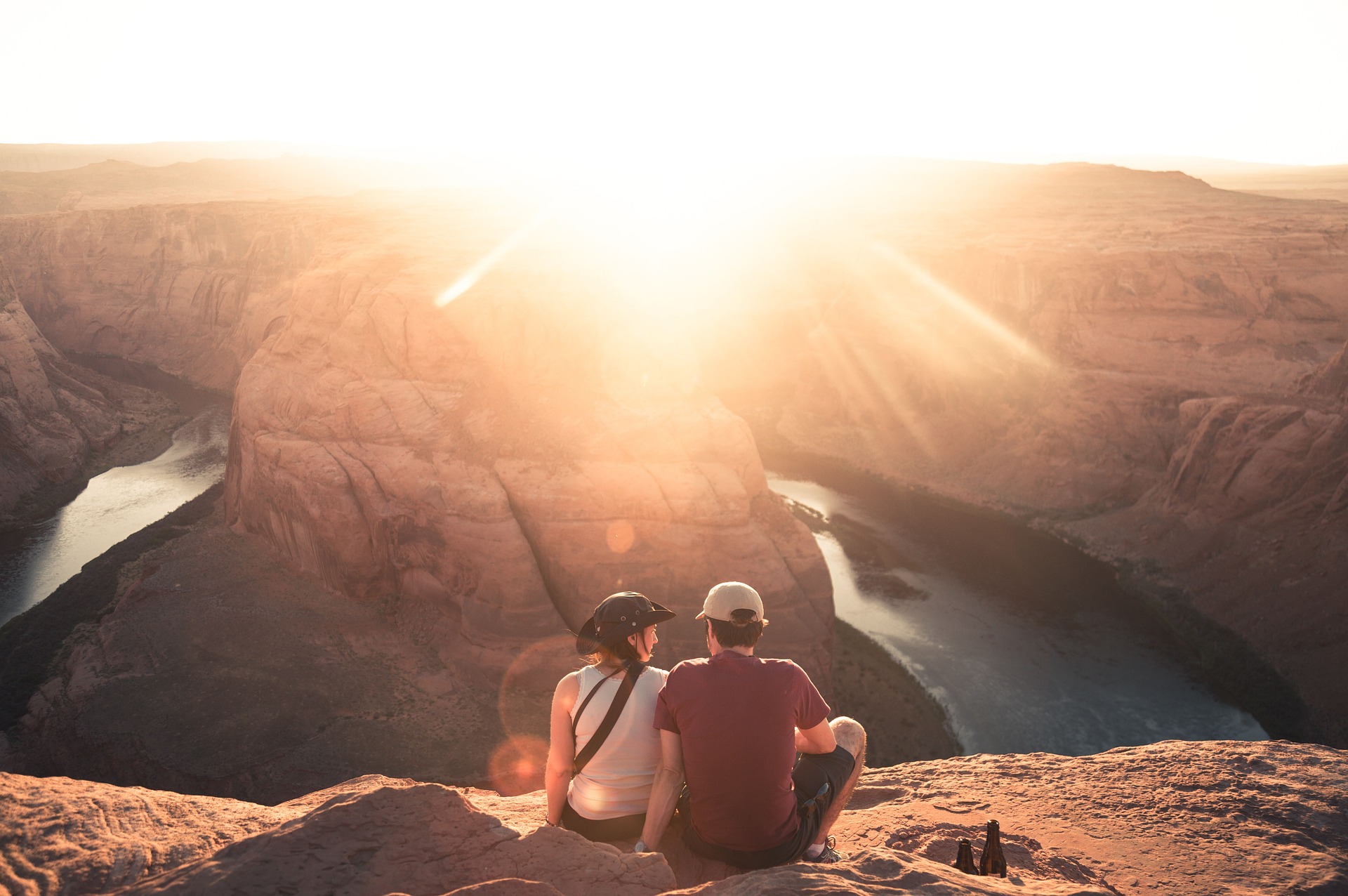Embracing the Renaissance of Walking Holidays: A Journey Back to Basics
As we navigate the ever-evolving landscape of travel and transportation, one trend seems to be taking us back to our roots—walking holidays. Whether it's the Camino de Santiago in Spain or the Appalachian Trail in the US, more and more travelers are lacing up their boots and hitting the trails. This article dives into the resurgence of walking holidays, exploring its historical context, current trends, and practical implications for travelers.
A Stroll through History: The Roots of Walking Holidays
Walking holidays are far from a new concept. The tradition of long-distance walking for leisure dates back to the ancient cultures of Rome, Greece, and even Egypt, where pilgrimages and religious rites often involved long treks. However, it was during the 19th-century Romantic era that walking holidays became a popular leisure activity, particularly in Europe. The idea of communing with nature and finding inspiration in the great outdoors appealed to many, fostering a love for walking holidays that endures today.
The Modern Revival: Walking Holidays in the 21st Century
The recent resurgence of walking holidays is in part a reaction to our increasingly digital and fast-paced lives. For many, the slow pace of walking offers a welcome opportunity to disconnect and take a break from the daily grind. Walking holidays also align with growing trends toward wellness and sustainable travel, offering a low-impact way to explore new destinations.
The Advantages and Challenges of Walking Holidays
Walking holidays offer numerous benefits, from the physical exercise and mental health benefits of spending time outdoors to the chance to explore destinations at a slower, more immersive pace. They provide an opportunity to connect with local communities, experience stunning landscapes, and even achieve a sense of personal accomplishment.
However, these holidays are not without their challenges. They require a significant level of physical fitness and preparation, including the right equipment and understanding of the route. Weather conditions can also pose risks, as can potential language barriers in foreign countries.
A Step in the Right Direction: The Impact of Walking Holidays
Walking holidays have a positive impact on both travelers and the destinations they visit. They promote healthier lifestyles, foster a deeper appreciation for nature and local cultures, and contribute to local economies without the environmental footprint of many other forms of travel.
Practical Tips for Your Walking Holiday
-
Start Training: Build up your endurance with regular walking and exercise in the months leading up to your holiday.
-
Choose the Right Gear: Invest in a good pair of walking boots and other essential gear like a comfortable backpack and weather-appropriate clothing.
-
Research Your Route: Familiarize yourself with your chosen route and any potential challenges it may present.
-
Respect the Environment: Remember to leave no trace and respect local customs and communities along your route.
In conclusion, the resurgence of walking holidays represents a return to a simpler, more mindful way of travel. It’s a trend that encourages us to slow down, soak up our surroundings, and embrace the journey as much as the destination. Whether you’re an experienced hiker or a casual walker, a walking holiday could be the perfect way to explore the world on your own two feet.





